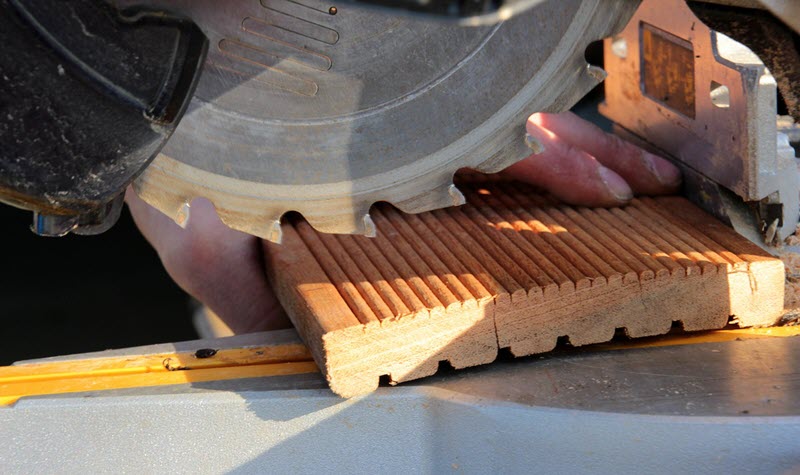
Machine Safeguard Requirements You Need To Know

Stay safe when operating machinery with these machine safeguard reminders.
You’d probably agree it’s easy to get caught up in the demands of work, especially if you work in the food or grocery industries. The next thing you know you’re operating bakery equipment such as mixers and slicers and you accidentally slice your fingers on the sharp blades because you’ve ignored the warning signs.
To protect workers, especially those using commercial food preparation machines, operators must follow OSHA machine guarding regulations.
When companies fail to review their machines and provide safety procedures – such as machine guards – they put their workers in danger. Employers are responsible for placing guards on machinery to prevent hazards. Workers should never cut corners and remove or work around machine guarding.
These are OSHA requirements for machine safeguarding:
The goal of safeguards is to protect workers against machine hazards. OSHA spells out specific requirements for a variety of machinery, including woodworking, abrasive wheels, mills, and power presses. But they must also meet general requirements for all machines, as well:
“One or more methods of machine guarding shall be provided to protect the operator and other employees in the machine area from hazards such as those created by point of operation, ingoing nip points, rotating parts, flying chips and sparks.”
Effective machine guarding will:
- Prevent contact: The safeguard must prevent hands, arms, and any other part of a worker’s body from making contact with dangerous moving parts.
- Remain Secure: Workers should not be able to remove or tamper with the safeguard because a safeguard that can become ineffective is no safeguard at all! Safeguards must be secured to the machines to protect others.
- Protect from falling objects: The safeguard should ensure that no objects can fall into moving parts. For instance, if a small tool is dropped into a cycling machine, it could easily become a projectile that could strike and injure someone.
- Create no new dangers: If a safeguard creates a new hazard such as a shear point, jagged edge, or an unfinished surface, the sharp edges need to be eliminated.
- Create no obstruction: Safeguards shouldn’t make workers feel uncomfortable because they’ll be overridden. Proper safeguards should actually enhance efficiency since dangers are eliminated.
- Allow safe lubrication: When possible, workers should be able to lubricate the machine without removing the safeguards.
Do employees need training on using machine guards?

Yes! With guards used on machinery, the operators need instructions on how and when guards can be removed and by whom. If an employee is using a guard the wrong way, they could become injured or create a new hazard. The effectiveness of any safeguard depends on how it interacts workers and the process as a whole.
If a worker can put their hand or fingers through the cover or reach around it, the guard is not effective or is being used the wrong way. A popular phrase used to judge how well the guard covers the exposed machinery is: “in, over, under or around.” A good rule to remember is: Any machine part, function or process that may cause injury needs a safeguard.
Machine safety best practices from NIOSH
Employers should:
- Safeguard any machine part, function, or process that might cause injury when possible.
- Follow government regulations, specific state industry standards, and insurance requirements.
- Educate employees on machine safety for the machines they use.
Workers should:
- Follow machine safety guidelines for the machines they use.
- Stay up to date on safety training.
- Pay attention to the task when operating any machinery
Remember, machine safety is a shared responsibility.

